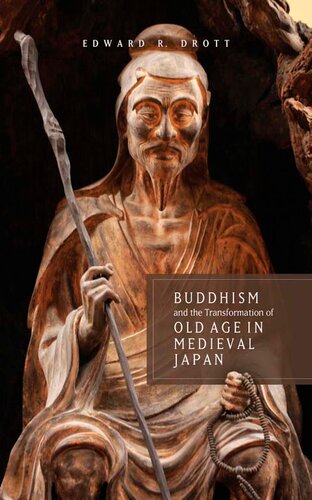Product desciption
Buddhism And The Transformation Of Old Age In Medieval Japan Edward Robertson Drott by Edward Robertson Drott 9780824851507, 0824851501 instant download after payment.
Scholars have long remarked on the frequency with which Japanese myths portrayed gods (kami) as old men or okina. Many of these "sacred elders" came to be featured in premodern theater, most prominently in Noh. In the closing decades of the twentieth-century, as the number of Japan's senior citizens climbed steadily, the sacred elder of premodern myth became a subject of renewed interest and was seen by some as evidence that the elderly in Japan had once been accorded a level of respect unknown in recent times. In Buddhism and the Transformation of Old Age in Medieval Japan, Edward Drott charts the shifting sets of meanings ascribed to old age in medieval Japan, tracing the processes by which the aged body was transformed into a symbol of otherworldly power and the cultural, political, and religious circumstances that inspired its reimagination.
Drott examines how the aged body was used to conceptualize forms of difference and to convey religious meanings in a variety of texts: official chronicles, literary works, Buddhist legends and didactic tales. In early Japan, old age was most commonly seen as a mark of negative distinction, one that represented the ugliness, barrenness, and pollution against which the imperial court sought to define itself. From the late-Heian period, however, certain Buddhist authors seized upon the aged body as a symbolic medium though which to challenge traditional dichotomies between center and margin, high and low, and purity and defilement, crafting narratives that associated aged saints and avatars with the cults, lineages, sacred sites, or religious practices these authors sought to promote.
Contributing to a burgeoning literature on religion and the body, Buddhism and the Transformation of Old Age in Medieval Japan applies approaches developed in gender studies to "denaturalize" old age as a matter of representation, identity, and performance. By tracking the ideological uses of old age in premodern Japan, this work breaks new ground, revealing the role of religion in the construction of generational categories and the ways in which religious ideas and practices can serve not only to naturalize, but also challenge "common sense" about the body.


